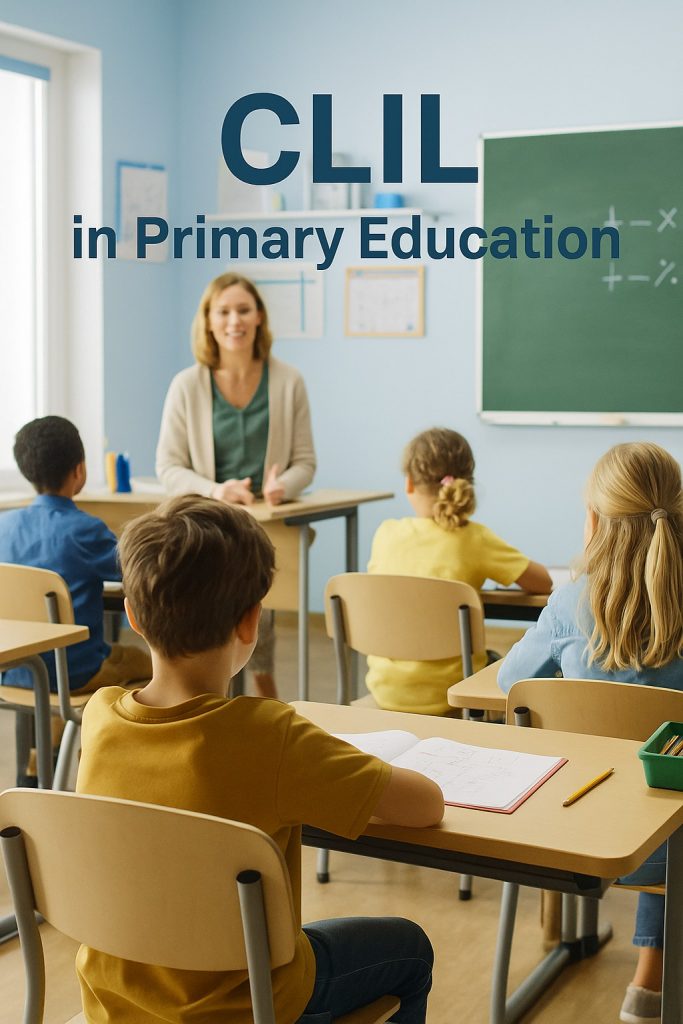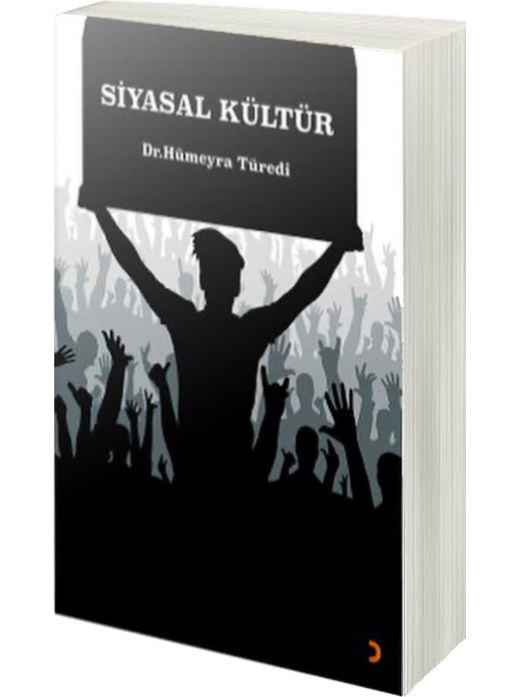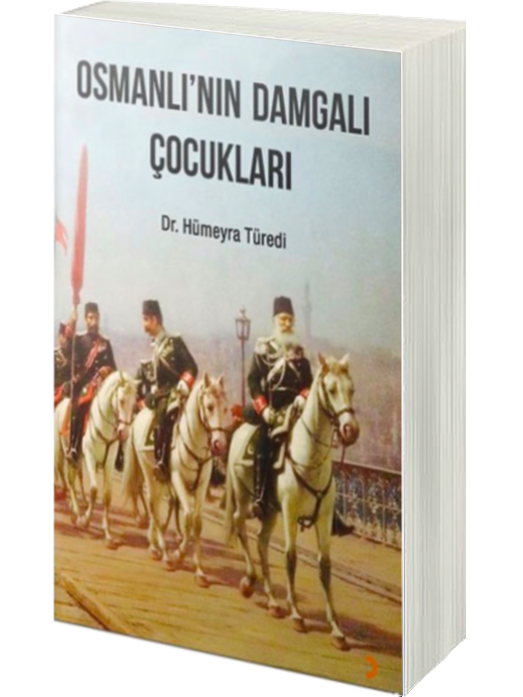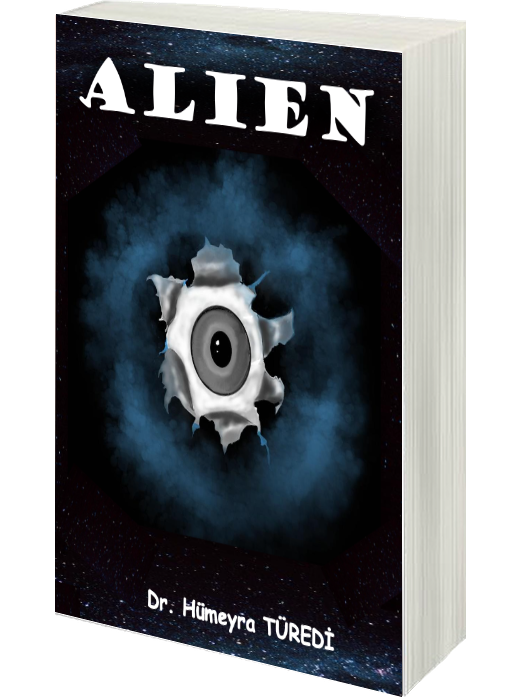
Introducing CLIL (Content and Language Integrated Learning) in primary schools is one of the best ways to help children grow into curious, confident learners. At this age, kids are like sponges—they’re open to new languages and not afraid to use them. When language is part of real, hands-on learning, it doesn’t feel like extra work. It feels natural.
In a CLIL classroom for young learners, language isn’t taught on its own. It’s woven into what they’re already exploring. Instead of sitting down to memorize colors in English, kids might go outside to look for colors in leaves, flowers, or insects. Or they might mix paints in art class and talk about what they see. New words come up naturally, right where they make sense.
What makes CLIL so good for younger students is that it connects language to things they already love—play, stories, and making things. Kids learn best when they can touch, move, and share their ideas. So a lesson on shapes might turn into building towers or castles. While they build, they talk about corners, sides, and how tall or wide something is—all in the new language. They’re learning content and words at the same time, without even realizing it.
Of course, teaching this way takes a bit of planning. In early years, children are still learning to read and write in their first language. So teachers need to use lots of visual help: real objects, flashcards, songs, games, and simple phrases repeated over and over. Phrases like “What do you see?” or “Show me the circle!” become part of the daily routine. The more the children hear and use these phrases, the more comfortable they get.
Assessment at this age shouldn’t be about tests and scores. It’s about noticing how kids use the language in real situations—during a game, while telling a story, or when showing their project to the class. Some teachers keep simple portfolios with drawings, group photos, or short recordings. These show how much the child understands and how they try to use new words. What matters most is effort and participation, not perfect grammar.
Primary teachers are usually great at creativity and flexibility, but not all feel confident in their own language skills. That’s why they need support too—training that helps them grow their own English or other target language, plus ideas for mixing language and content. Having ready-to-use activities, sharing ideas with other teachers, and feeling backed by school leaders make a big difference.
Families matter here too. Parents sometimes worry when they hear that subjects are taught partly in another language. Teachers should explain what CLIL is, how it works, and why it’s good for their kids. When parents understand the benefits, they’re more likely to encourage kids to use the new language at home—even if they don’t speak it themselves.
In the end, CLIL at the primary level isn’t about turning kids into fluent bilinguals right away. It’s about helping them see language as part of everyday life. They learn that words help them explore, create, and share ideas with more people. If kids grow up with that mindset, they’ll see language as a door to the world—not a wall that holds them back.
With creative lessons, patient teachers, and good support, CLIL in primary school can turn classrooms into places full of discovery, laughter, and new words that come alive every day.
Dr. Humeyra Turedi
References
- Ioannou-Georgiou, S., & Pavlou, P. (2010). Educating the Young Language Learner: A CLIL Approach. Oxford University Press.
- Mehisto, P., Marsh, D., & Frigols, M. J. (2008). Uncovering CLIL. Macmillan Education.
- Pinter, A. (2017). Teaching Young Language Learners (2nd ed.). Oxford University Press.
- Coyle, D., Hood, P., & Marsh, D. (2010). CLIL: Content and Language Integrated Learning. Cambridge University Press.
- Bentley, K. (2010). The TKT Course CLIL Module. Cambridge University Press.
İlkokulda CLIL: Dersleri Yabancı Bir Dilde Canlandırmak
Dr. Hümeyra Türedi
İlkokullarda CLIL (İçerik ve Dil Bütünleştirmeli Öğrenim) uygulamak, çocukların meraklı ve kendine güvenen öğrenenler olarak yetişmesine yardımcı olmanın en etkili yollarından biridir. Bu yaşta çocuklar sünger gibidir — yeni dillere açıktırlar ve onları kullanmaktan korkmazlar. Dil, gerçek ve uygulamalı öğrenmenin bir parçası olduğunda, fazladan bir yük gibi hissettirmez. Tam tersine, doğal bir süreç gibi gelir.
Küçük yaş gruplarına yönelik bir CLIL sınıfında dil, ayrı bir ders olarak öğretilmez. Çocukların zaten keşfetmekte oldukları konulara doğal biçimde entegre edilir. Örneğin İngilizce renkleri ezberlemek yerine, dışarı çıkarak yapraklarda, çiçeklerde ya da böceklerde renkleri arayabilirler. Ya da resim dersinde boyaları karıştırırken gördüklerini konuşabilirler. Yeni kelimeler, tam yerinde ve anlamlı bağlamlarda kendiliğinden ortaya çıkar.
CLIL’i küçük yaş grupları için bu kadar etkili yapan şey, dili oyun, hikâye ve üretim gibi çocukların zaten sevdiği şeylere bağlamasıdır. Çocuklar en iyi; dokunarak, hareket ederek ve fikirlerini paylaşarak öğrenir. Örneğin şekillerle ilgili bir ders, kule ya da kale inşa etmeye dönüşebilir. Çocuklar yapı inşa ederken köşeleri, kenarları, yüksekliği ya da genişliği — hepsini yeni öğrendikleri dilde konuşarak tarif ederler. Bu sırada hem içeriği hem dili aynı anda öğrenirler, çoğu zaman farkında bile olmadan.
Elbette bu şekilde ders işlemek planlama gerektirir. Erken yaşlarda çocuklar hâlâ ana dillerinde okuma ve yazma öğrenme aşamasındadır. Bu yüzden öğretmenlerin görsellerden bolca yararlanması gerekir: gerçek nesneler, kartlar, şarkılar, oyunlar ve tekrar eden basit ifadeler. Örneğin “What do you see?” (Ne görüyorsun?) ya da “Show me the circle!” (Bana daireyi göster!) gibi kalıplar günlük rutin haline gelir. Bu ifadeleri ne kadar sık duyup kullanırlarsa, o kadar rahat hissetmeye başlarlar.
Bu yaş grubunda değerlendirme test ve puanlarla ilgili olmamalıdır. Daha çok çocukların dili gerçek durumlarda nasıl kullandığını gözlemlemek esastır — oyun sırasında, hikâye anlatırken ya da sınıf arkadaşlarına projesini sunarken. Bazı öğretmenler öğrencinin çizimlerini, grup fotoğraflarını ya da kısa ses kayıtlarını içeren basit portfolyolar hazırlar. Bu materyaller, çocuğun ne kadar anladığını ve yeni kelimeleri nasıl denediğini gösterir. En çok önem taşıyan şey, çabanın ve katılımın görülmesidir; kusursuz gramer değil.
İlkokul öğretmenleri genellikle yaratıcı ve esnektir, ancak hepsi kendi dil becerilerinden emin hissetmeyebilir. Bu yüzden onların da desteğe ihtiyacı vardır — İngilizce ya da hedef dilde gelişimlerini destekleyecek eğitimler, dil ve içeriği harmanlamaya yönelik ders fikirleri, uygulamaya hazır etkinlikler, diğer öğretmenlerle fikir alışverişi ve okul yönetiminin desteği büyük fark yaratır.
Ailelerin rolü burada da önemlidir. Ebeveynler, derslerin bir kısmının yabancı dilde işlendiğini duyduklarında endişelenebilirler. Öğretmenler CLIL’in ne olduğunu, nasıl işlediğini ve çocuklarına neden faydalı olduğunu açıkça anlatmalıdır. Aileler bu yaklaşımın faydalarını anladıklarında, çocuklarının evde yeni dili kullanmalarını daha çok desteklerler — dili kendileri bilmeseler bile.
Sonuçta, ilkokul düzeyinde CLIL’in amacı çocukları hemen çift dilli yapmak değildir. Asıl hedef, dili günlük hayatın doğal bir parçası olarak görmelerini sağlamaktır. Çocuklar, kelimelerin keşfetmeye, üretmeye ve fikirleri başkalarıyla paylaşmaya yarayan araçlar olduğunu öğrenir. Bu bilinçle büyüyen çocuklar, dili bir engel değil; dünyaya açılan bir kapı olarak görür.
Yaratıcı derslerle, sabırlı öğretmenlerle ve iyi bir destek sistemiyle CLIL, ilkokul sınıflarını her gün yeni keşiflerin, kahkahaların ve canlanan kelimelerin olduğu heyecanlı öğrenme alanlarına dönüştürebilir.
Kaynakça
Ioannou-Georgiou, S., & Pavlou, P. (2010). Educating the Young Language Learner: A CLIL Approach. Oxford University Press.
Mehisto, P., Marsh, D., & Frigols, M. J. (2008). Uncovering CLIL. Macmillan Education.
Pinter, A. (2017). Teaching Young Language Learners (2nd ed.). Oxford University Press.
Coyle, D., Hood, P., & Marsh, D. (2010). CLIL: Content and Language Integrated Learning. Cambridge University Press.
Bentley, K. (2010). The TKT Course CLIL Module. Cambridge University Press.



